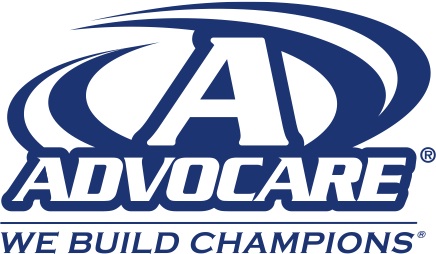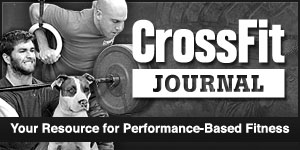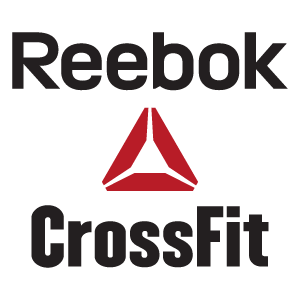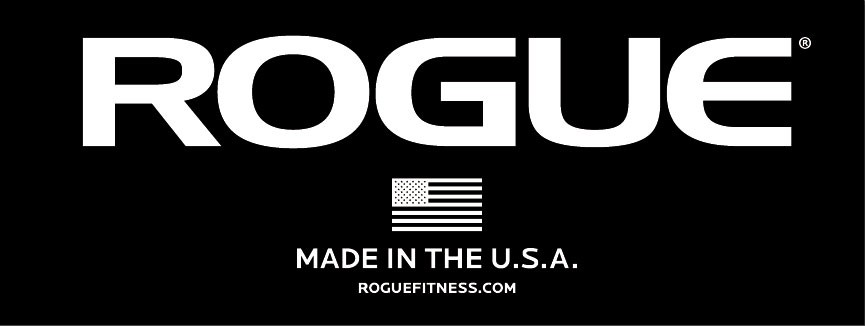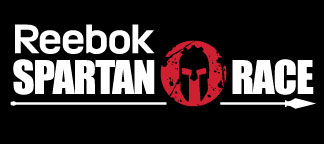What are macro nutrients?
Macro nutrients are the building bricks of your nutrition. Carbs, proteins and fats are the basics that give you fast energy, help to sustain energy and keep an eye on your blood flow and metabolism. Each different macro nutrient performs various different functions in your body.
Energy which your body gain from macro nutrients is measured in calories.
- Carbs 4 calories per 1 g
- Proteins 4 calories per 1 g
- Fats 9 calories per 1 g
Carbohydrates
They provide energy for high intensity activities, like your training. Carbs are one of the cases when it is necessary to distinguish between good and bad guys.
Basically, in nutrition you can find three types of carbohydrates: simple carbs, complex starchy carbs, and complex fibrous carbs.
Simple sugar can be broken down to table sugars, fructose and lactose. Table sugar is the one we should avoid. We can find it in regular sugar, candies and also sweetened drinks. Complex carbs can be found in fruits, vegetables, whole grain products, cereals, rice… They contain vitamins, fibre and minerals.
The right choice of carbohydrates can also help your digestion system work well. It is important to remember that vegetables contain carbohydrates, and not just foods like rice, pasta or bread that are more generally presented as carbohydrates in mainstream culture.
Proteins
Protein is basically a group of amino acids which are inevitable for building and maintaining muscles. Proteins also help with muscle recovery and tissue repair and support immune system.
They are divided into three categories: essential, semi-essential and nonessential.
Our body is not capable of producing essential amino acids on it own, that´s why we have to pay special attention to the nutrition when it comes to getting some proteins.
Great natural sources of proteins are meat, fish, diary products, eggs, nuts…
Fats
Fats are another part of nutrition that must be carefully distinguished between what is good and what can cause a harm. There are three types of fats: saturated, unsaturated and trans fats.
Trans fats are the ones you should forget. They are contained in all those fast food yummy but super unhealthy meals and can cause many problems including diabetes, stroke and hearth disease. Healthy fats on the other hand bring dozens of benefits.
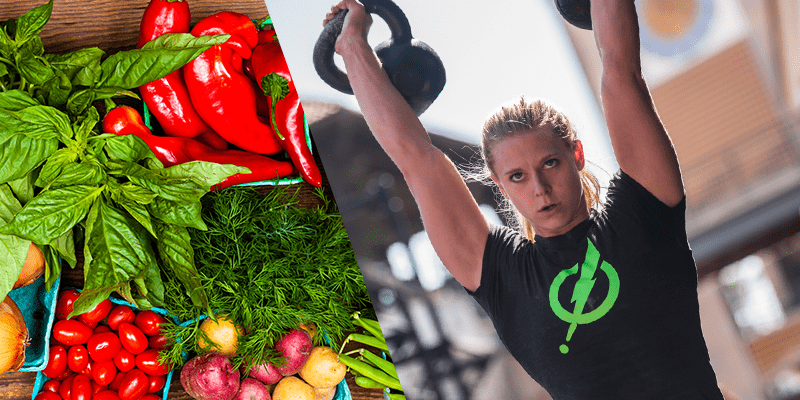
It starts with keeping you lean, decreasing bad cholesterol up to supporting brain and fighting cancer. There are several sources of good fats such as eggs, avocado, salmon, nuts, olive oil…
Eating for energy for sport and life
There are many ways that you can boost your energy, starting from a nutritious breakfast that should include some good fats like nuts and fruits for example and also some form of protein. YOu can also get a great energy booster from iron, found in plants such as spinach or beans.
Before exercise you need carbohydrates to provide your body with energy, so go for complex carbs like sweet potatoes and beans as well as proteins. Basically, the right choice in macro nutrients will help you to kick-off and maintain your energy throughout the day and training.
It is always important is to listen to your body. Sometimes your daily diet routine can hit the wall and you feel like you are missing something. There is a whole range of natural supplements that can be very helpful with giving you the drive you need.
Read more about natural supplements:
Natural Supplements That Boost Your Stamina, Endurance and Immune System
Eating for recovery after sport
The reason why proper recovery nutrition is important is because muscles are often partially depleted of glycogen during exercise. Proteins and blood cells in your body also get damaged when you work out. Consuming a proper amount of carbs and protein after exercise is essential. Protein helps to rebuild broken muscle tissues.
The recommended amount of protein is 2-2.5 grams per kg of bodyweight. As a main source of protein you should go for natural food. Protein supplements are direct source of your recovery protein portion, but they should work only as an addition.
You can find all about proteins supplements, their benefits and usage here:
Nutrition for Athletes: The Essential Guide to Protein
How to lose fat
Before even starting to talk about what you should eat, let´s look at how you should eat… SLOWLY. Nutrition studies prove that slowly eating and chewing food carefully helps to lose fat and become more cautious about eating habits. Longer chewing provides less ghrelin, a hormone that boosts appetite and more peptide hormones that curb hunger.
Other tips that help with loosing weight:
- Water – when you drink cold water, your body is using extra energy for warming this up which results in burning more calories. Once you are used to replacing sweetened beverages with water, that´s also a very good way to keep and lose weight.
- Breakfast – eat a high quality breakfast and what is even more important, never skip your morning meal!
- Green Tea – green tea contains polyphenos that utilize calories to be converted to energy instead of storing them in stomach as a fat. It also stimulates metabolism. Not only green tea, but also other herbal teas are very good help in losing fat.
- Proteins – protein increases the level of satiety hormones which reduce your appetite. Proteins also boost your metabolism and reduces craving which leads to overeating.
- Sleep – tiredness makes you overeat, brings more stress and less energy for training. Therefore, a good night sleep, which should be between 7-9 hours can help you control your body more effectively and improve daily habits.
- Be active – this point probably doesn´t even have to be stressed. The right nutrition is inevitable although without any movement and exercise you will not be as successful on your journey to losing weight and getting into shape.
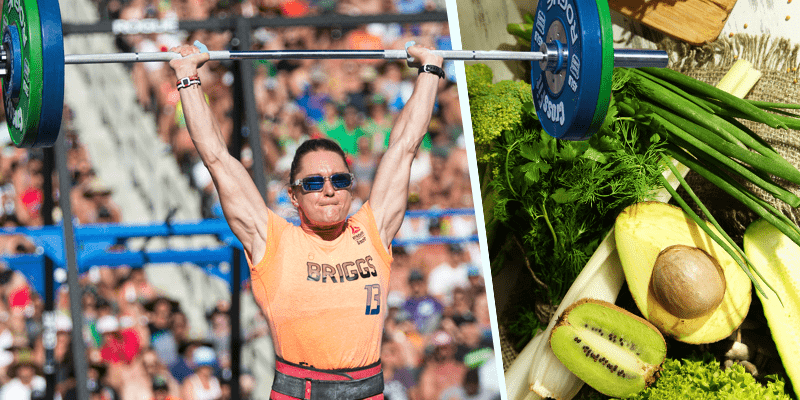
Foods to avoid
Foods and drinks that you should exclude from your diet are all those containing high amounts of added sugar, refined flour and also trans fats.
- sweetened drinks
- candy bars
- fast-food
- alcohol
- pastries
- white bread
- fried foods
When and how much should you eat?
In the 1960s, nutritionist Adelle Davis popularized the sentence “Eat breakfast like a king, lunch like a prince and dinner like a pauper.”
You should never skip your breakfast, which should be rich in energy, proteins and healthy fats to give you enough fuel and good kick-off for the day. There is much advice and studies that tell how many times per day you should eat. Usually it differs from 3-6 meals per day and it is better to eat smaller portions and more often.
“Try to consume 0.75 to 1 gram (g) of protein per pound of bodyweight, and 0.4 g to 0.8 g of both fat and carbohydrates.”¹ Generally, try to keep at least two hours between bigger meals and snacks. This helps to keep your blood sugar level stable and prevents overeating. Late eating is definitely not a good habit. You should not fill your stomach before going to bed.
The thing is everybody has different training and nutrition plan so there is no rule applicable for all.
Nutrition timing and amount depends on how active you are. You should find out what works for you. Some nutritionists suggest to eat when you are hungry, but don´t let yourself starve. Eat until you feel full, but don´t overeat. And of course, always go for healthy, balanced and quality food. Find your own frequency that allows you to be consistent with the nutrition plan you choose.
Nutrition for Crossfitters – Why Eating Enough is More Important that Eating Clean
¹https://www.menshealth.com/nutrition/meal-frequency-study
nutrition articles female crossfit athlete © RX’d Photography
crossfit games athlete sam briggs © Sam Briggs
The post A Beginner’s Guide to Eating Healthier and Losing Fat appeared first on BOXROX.

